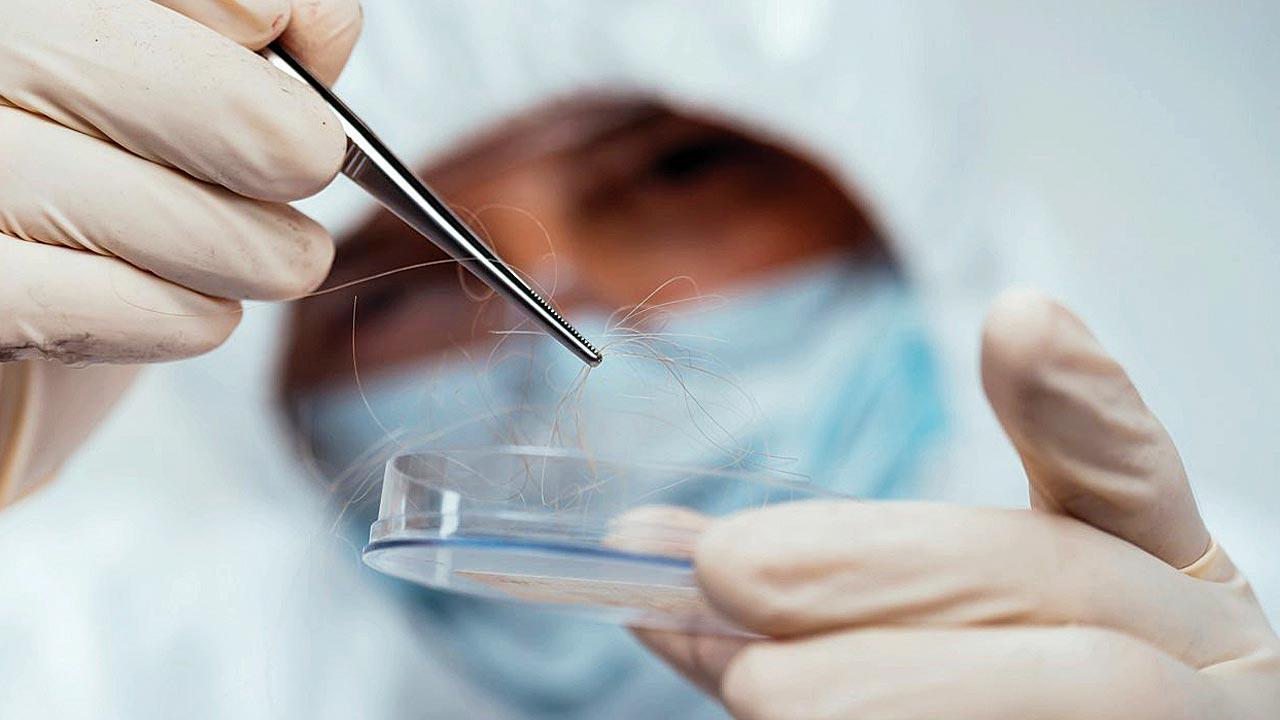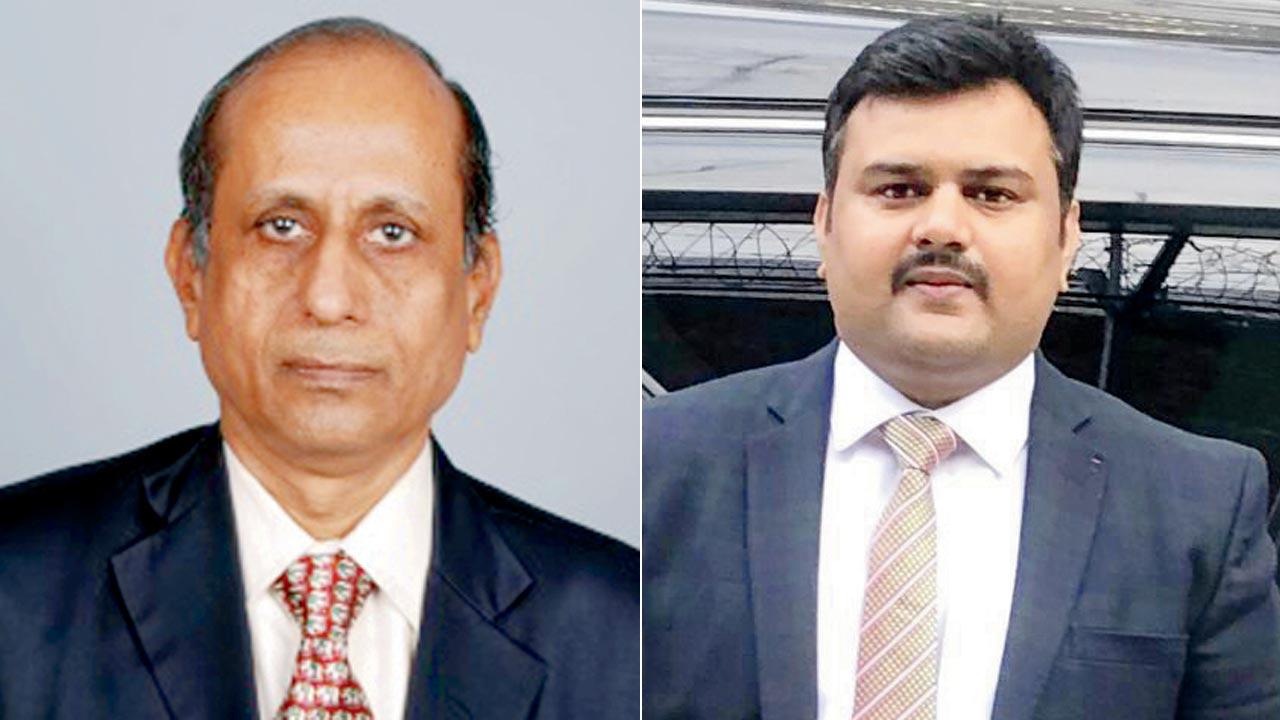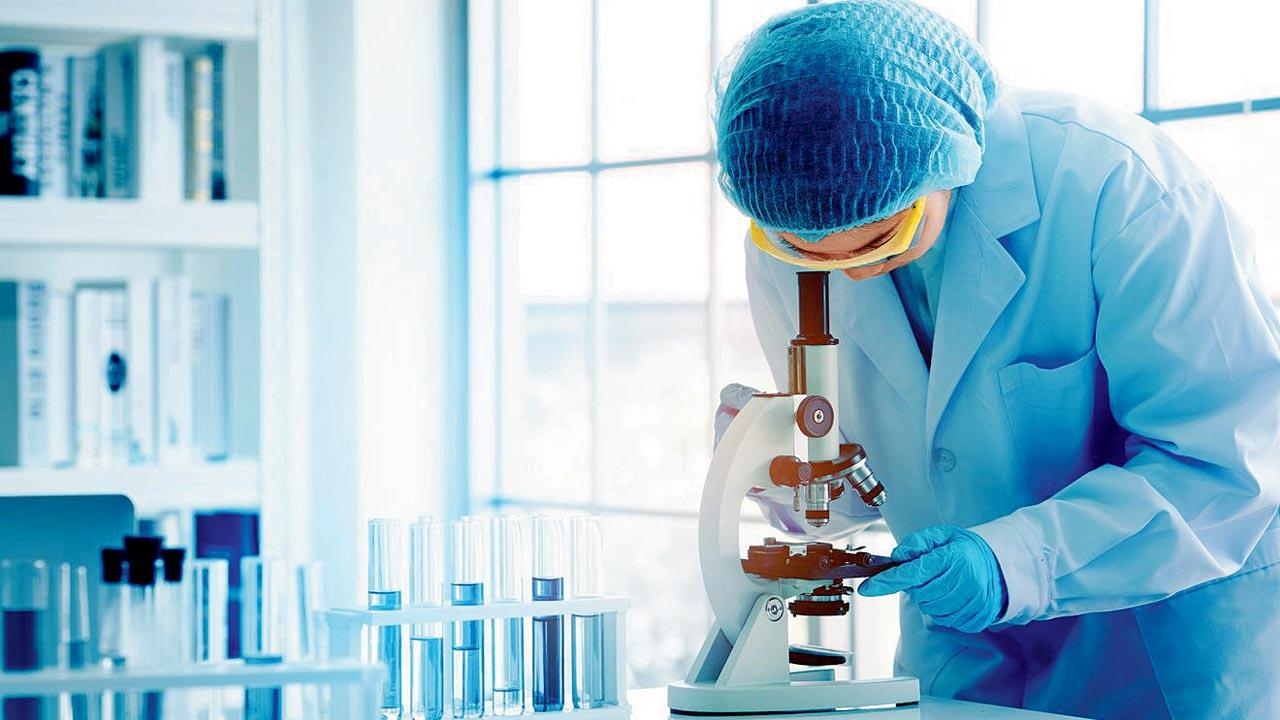DR Pravin Shingare, a forensic expert said, As these pieces of bones have been recovered after the passage of a few months since the time of the murder and were exposed to different atmospheric conditions, chances of them being contaminated cannot be ruled out

Experts suggested that the police look for clues inside the accused’s house. Representation pic
Ascertaining DNA or deoxyribonucleic acid from seized pieces of bones believed to be those of Shraddha Walkar, who was murdered by her boyfriend Aftab Poonawala in Delhi, will be challenging for scientists at the Forensic Science Laboratory (FSL)—where these bone samples will be sent by the investigating police team, say experts.
ADVERTISEMENT
DR Pravin Shingare, an expert in forensic anatomy and former director of the Directorate of Medical Education and Research, Maharashtra, and former dean of Grant Government Medical College, said, “As these pieces of bones have been recovered after the passage of a few months since the time of the murder and were exposed to different atmospheric conditions, chances of them being contaminated cannot be ruled out. Moreover, flesh remains on these bones might be wiped off due to decomposition, throwing a challenge for the FSL’s experts.”
 Forensic experts Dr Pravin Shingare and Amol Deshmukh
Forensic experts Dr Pravin Shingare and Amol Deshmukh
He added, “First, contamination must be removed and then the bones must be identified (as human or animal). while getting marrow, it may be difficult but the chances of DNA extraction from the medullary cavity (hollow area inside long bones) remains high irrespective of the time lapse between the offence and recovery of remains. The findings will be correlated with the DNA of the parents or siblings.”
Dr Shingare also stated that as the bones are decomposed and have no flesh remains, it would be difficult to point out any superficial abrasions or cut injuries on the body. “However deep cut marks remain on the bones, which can be seen under a microscope and the nature of wound (ante-mortem or post-mortem) can be ascertained,” he said.
 In mutilated body cases, long bones are not recovered, making DNA recovery challenging. Representation pic
In mutilated body cases, long bones are not recovered, making DNA recovery challenging. Representation pic
Balasaheb Daundkar, ex-director, State Forensic Science Laboratory, Maharashtra, said, “As these bones have been recovered in pieces, it will be a challenge for the experts to extract DNA from them and match them individually to ascertain the identity of the victim and conclude that the remains are indeed that of Shraddha. Later the DNA extracted will be matched with that of parents or siblings and confirm the polymerase chain reaction (PCR).”
It was under Daundkar’s supervision many high-profile cases like the Neeraj Grover and Sheena Bora murder cases got cracked by matching the deceased’s remains with that of their biological parents.
Dr Shingare recalled an incident where mutilated body parts were seized from a remote village in Nashik in 2007-2008. As head of the anatomy department at JJ hospital, he and his team could not only get vital clues from long bones but also could ascertain the sex and approximate age of the victim. The deceased was a woman and the FSL team at Kalina could extract DNA from the sample that was sent to them through us. The accused was arrested, convicted and punished on the basis on the basis of forensic report, explained Dr Shingare.
Daundkar stated that the case would be a tough one for the police and for the prosecution to prove during the trial, especially if the DNA analysis from the bones recovered don’t match. “Therefore, it is very crucial for the investigating team to approach the most experienced DNA/biology forensic expert, who might have handled many similar cases in the past and can prepare a foolproof DNA analysis report. This case will be completely hooked on the findings of the DNA and forensic reports, which will decide the entire case,” he said.
He added, “The accused seem to have done everything possible to destroy evidence, but the police and local forensic team should look for clues inside the house and at places where bones were found. Even dry bloodstains or body fluids left behind on any surface in the house or cigarette buds, half-eaten fruit with bite marks, if untouched and untampered with in the past few months will remain intact and DNA can be extracted from them.”
Anti-forensic practices
Amol Deshmukh, forensic expert and scientific advisor to the Maharashtra government, said nowadays one can easily access anti-forensic information online, which helps perpetrators destroy evidence of forensic importance. “The Shraddha Walkar case prima facie shows multiple anti-forensic practices.”
Deshmukh added, “The DNA profile of skeletal remains plays an important part in identification in mutilated body cases. Environmental factors and intrinsic factors like bone type can play a role in DNA decomposition as well. Bone size and construction can impact skeletal DNA preservation.”
“Larger bones tend to survive better, but in mutilated body cases, long bones are not recovered, making DNA recovery challenging. Exposure to environmental conditions, intense temperatures and moisture levels, micro-organism activity, certain traumatic events and passage of time also make it difficult,” he said.
Every person’s DNA is unique
Nuclear DNA is packaged into chromosomes and is located inside the cell nucleus. There are 46 chromosomes inside human somatic cells, with 23 being inherited from the individual’s mother and 23 from the father. Therefore, a person’s nuclear DNA is a unique, set of short tandem repeat (STR) loci of DNA that can work in such cases. In case of highly degraded samples, the probability of obtaining analysable Mitochondrial DNA is greater than for nuclear DNA. Mitochondrial sequencing is the only way in such cases, explained Deshmukh.
Future of the field
“Improving the ability to interpret DNA results from challenging samples will be an important aspect of the future of the field and key to advancement in any forensic science field,” Deshmukh concluded.
 Subscribe today by clicking the link and stay updated with the latest news!" Click here!
Subscribe today by clicking the link and stay updated with the latest news!" Click here!







